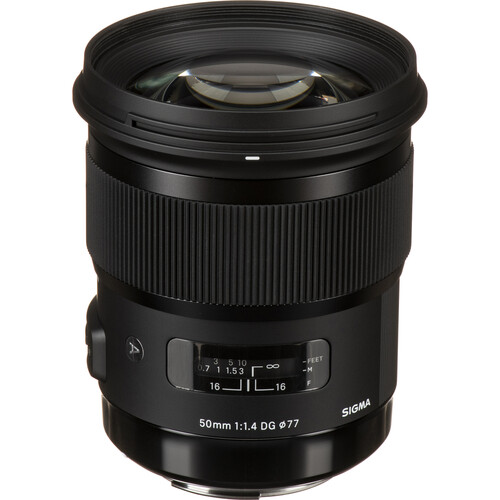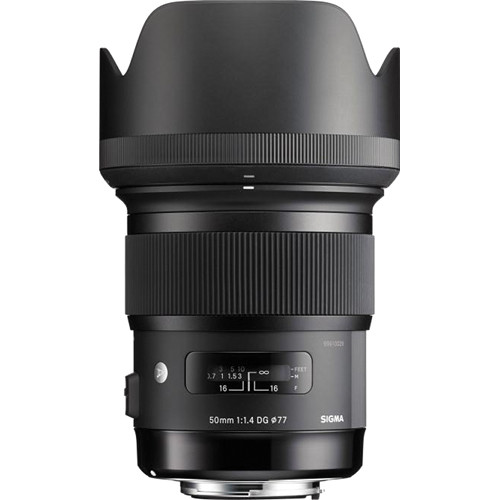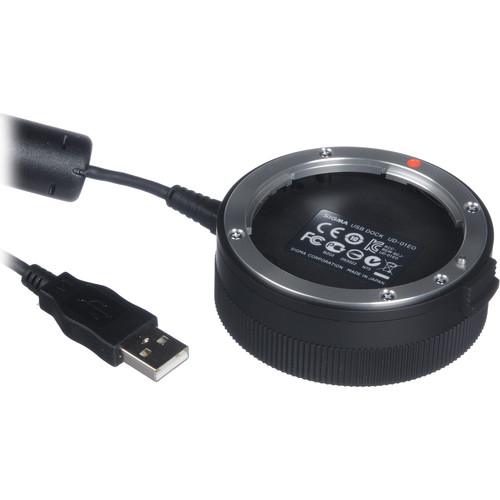
SIGMA 50mm f/1.4 DG HSM Art Series
If you’ve been a long time reader of my blog then you know I was pretty much a SIGMA hater for many years. The SIGMA 35mm Art series changed all that and made me start to look at their products differently. If you read the first part of my review, then you know that I actually like this lens quite a bit. However, the inevitable question becomes – with all the great 50 – 56mm lenses on the market, how does it compare? While this is no super scientific comparison of every possibility, it is a reasonable (albeit anecdotal) comparison that I performed with what I’ve tested thus far. Take away from it what you will, but I’ve seen enough here to form my personal opinions based on what my eyes see from these results. You are free to disagree, but hopefully you’ll enjoy the data presented.

My Favorite SIGMA 50mm Shot (edited)
Canon 1D X 1/4000 sec at f/2.8, ISO 200 (min ISO due to Highlight Tone Priority)
While I’m sure pixel peepers will probably find other images in the gallery that are technically more interesting than this shot, this was one of my personal favorites from my two weeks with this lens. This shot was taken without the aid of a flash or reflectors so I had to do a little post-processing work to save it (see the unedited original). However, it’s been one that has been well received because I think it tugs at the heartstrings of parents. The vibrant colors and sharpness which were possible due to a great starting point of the RAW image captured using this lens.
Methodology
The bookshelf comparison images in this article have all been processed identically using Adobe Photoshop Lightroom 5.4 from their original RAW image file. In the Camera Adobe Standard Raw – some exposure adjustments, but nothing else – no profile corrections. No lens corrections or white balance adjustments were made.
Default sharpening and noise reduction were used as shown here:
Exposure Adjustments
All of images in this test were shot under identical conditions of the same subject there are variables which can cause the aperture priority setting of the camera to render some images brighter and some darker than others. When the exposures vary in brightness it is harder to accurately compare them so some images have been adjusted in Lightroom to have a relatively balanced exposure using the same camera settings of f/5.6 at ISO 100.
The SIGMA 50mm had a -0.25 exposure adjustment to help balance its image with the rest of the shots in this series. The Nikon 50 needed a -1.00 exposure adjustment, and the Canon 50 needed a +0.50 exposure adjustment. Both the Zeiss Otus 55mm and Sony were unmodified from their in-camera RAW exposure.
About the sections that follow
For each of the comparison sections that follow there is a screen capture taken at 100% with the SIGMA 50 on the left and the comparison image as the Candidate on the right. These are the RAW images being compared as if you were looking in Lightroom on your display. If you click the image you can see the 100% version that I captured from my system.
Below each image is a brief discussion of my opinion (you are free to disagree) of the results and links to the original image that is being compared on the right. CLICK HERE to download all of full-size images below that have been RAW converted to JPEG as previously discussed.
All images in this article are Copyright © Ron Martinsen – ALL RIGHTS RESERVED. You may download and review for your personal use, but you must delete them when done. Printing, editing, storing, republishing, rebroadcasting or modifying in any way is strictly prohibited.
vs Canon 50mm f/1.2L
Click to see a larger version of the above image
CLICK HERE to see the full size version of the SIGMA 50mm image
CLICK HERE to see the full size version of the image on the right
This one isn’t much contest, the SIGMA 50 blows away Canon’s best that cost $600 more (before rebates and sales). This is my own personal lens that I purchased in December (for the 3rd time) and recently had serviced by Canon, so I’m definitely feeling buyers remorse for this lens again. Yeah, it’s a good lens and it does f/1.2, but it’s getting a little long in the tooth by today’s standards!
vs Zeiss Otus 55mm f/1.4

CLICK HERE to see the full size version of the SIGMA 50mm image
CLICK HERE to see the full size version of the image on the right
Given the fact that the Otus manual focus ONLY Zeiss lens cost $3000 more, I’m not seeing enough of a difference to justify the cost of the Otus (or you could say the SIGMA 50 is a phenomenal bargain). However, to my eyes I see the Otus as definitely being marginally sharper in the center and definitely better overall across the whole spectrum of apertures – especially at the edges. Yes, I do think the Otus is better, but not $3000 better – more like $300 better when you consider image quality. Construction-wise, the Otus is phenomenally better but it’s also big and heavy which could also be considered a negative. At the end of the day though, if you want the absolute best (especially for Nikon D800/D800E users) and can afford the price then Otus is the way to go.
vs Nikon D4s 50mm f/1.4G

CLICK HERE to see the full size version of the SIGMA 50mm image
CLICK HERE to see the full size version of the image on the right
Again, I think it’s no contest here – the SIGMA 50 on the Canon 1D X definitely bests the Nikon 50mm f/1.4G (on a D4s). However, in this case the Nikon is about $500 cheaper so the question becomes a matter of what more do you get for the extra money. Personally I found the SIGMA 50 to be much faster focusing and consistently sharp across the entire aperture range which makes me think the smart money is on the SIGMA 50. I think the SIGMA 50 will hold its value much better and be a lens that works nicely with newer sensors in the future, whereas I consider the 50mm f/1.4G to be a reasonable bargain alternative. D800 series users should probably for the SIGMA 50 as the superior resolution will no doubt be more noticeable.
Others for Fun
It’s impossible to do exact compares for the following due to different sensor sizes and focal lengths, but just for fun I included these comparisons I did for my own personal curiosity. I figured you might enjoy seeing them too, but strictly speaking these are apples to oranges comparisons.
vs Fujifilm X-E2 56mm f/1.2 R

CLICK HERE to see the full size version of the SIGMA 50mm image
CLICK HERE to see the full size version of the image on the right
As a lens, I think the Fujifilm 56mm f/1.2R is probably sharper but I think the sensor is superior on the 1D X. As a result, I don’t think this lens compares as favorably as it would if I could do an apples to apples comparison of both lenses on the same camera body. It’s clear the Fujifilm lens is just about as sharp with the X-E2 sensor, but I think a better sensor would make this lens look even sharper.
Please note that the color difference was because I used the Adobe Standard Camera Calibration Profile in Lightroom 5.4 RAW processing to treat all images as equal as possible. If I had I chosen the Camera PROVIA/STANDARD profile with a white balance adjustment I would get a warmer tone image like you see from most of the others in this article. Here’s where you can change that setting for your own photos:
vs Sony a7R Zeiss 35mm f/2.8 ZA

CLICK HERE to see the full size version of the SIGMA 50mm image
CLICK HERE to see the full size version of the image on the right
Now this is the most invalid comparison, but since the a7R is one of the sharpest high resolution sensors I’ve tested I couldn’t help but take a peek at how it compared. I didn’t have the 55mm, but I did have the RAW image from the super sharp 35mm that I tested. In this comparison, to my eyes, the Sony is sharper. To be fair I didn’t scale the image down to a matching size which has some impact on the results. Feel free to ignore these results, but for me this just reminded me how good the a7R image quality and lenses are.
The takeaway here should be that if you like the SIGMA 50 results you are seeing, then you’ll probably like the a7R with the 55mm f/1.8 ZA which is rumored to be at least as sharp as the 35mm for a price that is competitive with the SIGMA 50.
Bokeh
Once you get below f/4 people start wondering how great the bokeh is for a given lens, and this one is definitely buttery smooth as you can see below. I slightly over exposed these images to help make the dark background objects pop a little more. The shots below allow you to see the progression from wide open at f/1.4 to completely stopped down at f/16. It’s especially interesting to see the green dot turn into the oven clock LED at f/16! It’s also noticeable at the extreme apertures that there is some mild, but generally acceptable vignetting.
Click any of the images below to see the in-camera JPEG shots (unmodified – processed from RAW in-camera):
 f/1.4 |  f/1.8 |
 f/2.8 |  f/4.0 |
 f/5.6 |  f/8 |
 f/11 |  f/16 |
Conclusion
Overall I think the Internet buzz might have exceeded reality a bit, but it’s a fact that the SIGMA 50mm f/1.4 DG HSM Art is a fantastic lens. If I had the spare cash I’d probably get one of these – it’s that good.
If you’ve used SIGMA lenses in the past and been disappointed, then let me assure you that this is NOTHING like the SIGMA lenses of old. This is a high quality lens that is built like a Zeiss and reminds me more of that level of quality than older SIGMA lenses. In fact, when I hold this in my hand next to my Canon 50mm f/1.2L I feel that the SIGMA is better built – and that’s something I NEVER thought I’d ever say about a SIGMA lens.
Yes, SIGMA you’ve made a believer out of me – the new silver dot Art Series lenses are are great stuff and worthy enough for the best of photographers – even those with unlimited budgets. What’s more, they are also still a reasonable value for what you get too! As a result, I HIGHLY RECOMMEND this lens.
Where to order
Click here to learn more or order any of the FOUR camera mount versions of this lens on the the B&H web site. My friends at Amazon have it available here, and Adorama has it available here.
Other articles you may enjoy
If you enjoyed this article, you may also enjoy these articles/reviews:
- REVIEW: SIGMA 50mm f/1.4 Art Series–Is it really as great as everyone says it is? (Part I of II)
- SIGMA 35mm Art Series (My favorite Sigma!)
- SIGMA USB Dock
- Canon 24-70 f/2.8L II (vs 24-70 f/4L IS Comparison)
- Fujifilm XF 56mm & XF 10-24mm Lens Review
- Nikon D4s Review
- Nikon D800 Review
- Sony a7R Review
- SIGMA 120-300mm Review
- SIGMA 85mm f/1.4 EX DG Review
- Zeiss Otus 55m f/1.4 Review
Disclosure
If you make a purchase using links found in this article, I may make a commission. It doesn’t cost you a penny more, but it does help to support future articles like this.
SIGMA did loan this lens to me for two weeks so that I could share my opinion of it with you. I was not compensated in any way for this work.






































